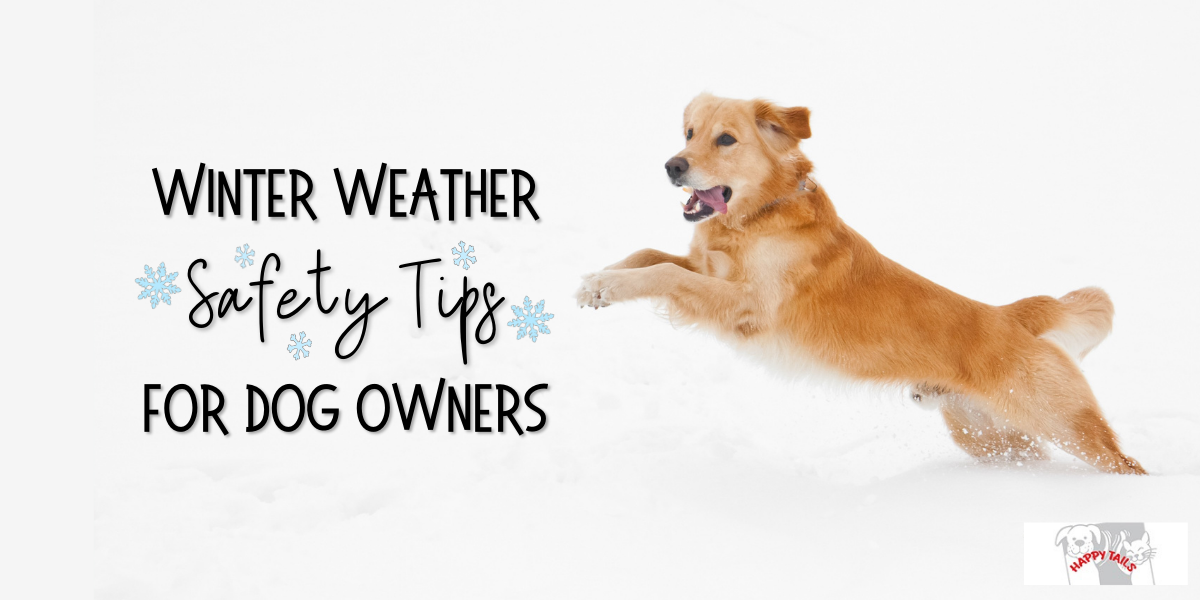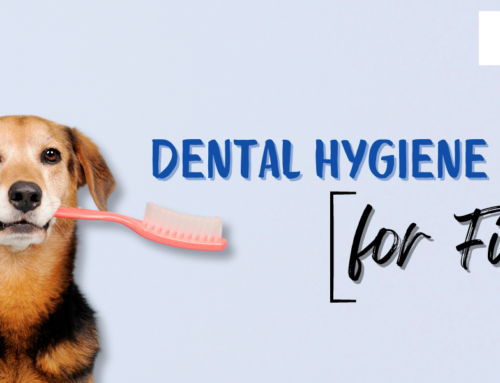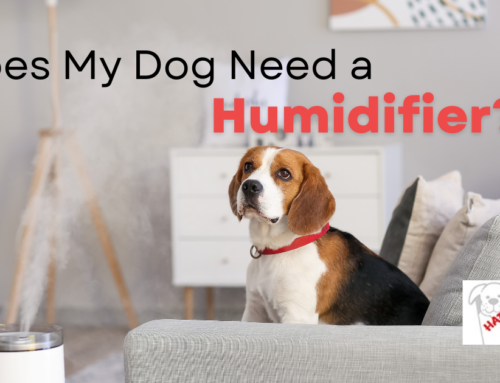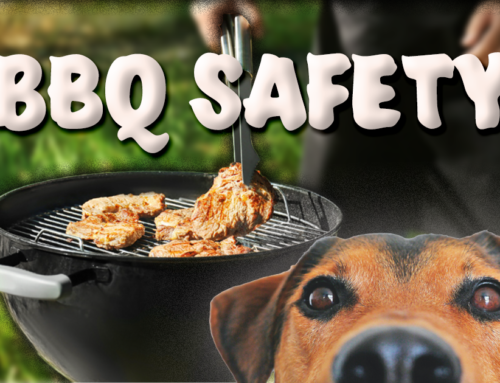Winter is in full swing, which means it’s time for cold-weather adventures with your pup! The winter months can be a magical time of year, but they can also pose some real challenges for our dogs. Whether you’re taking your dog out for a walk in the snow or just keeping them cozy indoors, keeping them safe should be a priority. Here are a few practical tips that will help keep your furry friend safe and comfortable all season long.
Bundle Fido Up Before Heading Outside
Although your furry friend has a built-in fur coat, they still need an extra layer of protection in cold temperatures. Short-haired breeds, puppies, senior dogs, and pups with certain health conditions are all at risk for being particularly cold in winter weather. Experts recommend getting a dog coat or sweater for cold days. When choosing a coat for your dog, ensure it covers their back and underside. When you and Fido are outside, manage your time wisely. Even if you’ve bundled your pup up, keep your outdoor trips as brief as possible–especially at night. If it’s absolutely too cold outside for Fido, consider an indoor bathroom solution for your dog.
Keep Your Dog Warm Inside
Once you bring your furry friend back inside, remove their winter gear and dry off any snow. Make sure they have a warm space in the house to curl up in. If your dog gets cold in the house, you can bundle them up at home, too. Try covering them with a blanket or putting a dog sweater on them. You can also use a blow dryer on a low setting to gently warm them, as long as you avoid their paw pads. While temperatures are low, you may also need to take some extra steps to prevent your dog from getting cold at night. You may also want to let your pup’s fur grow a bit longer between grooming sessions this time of year so they have more protection from the cold.
Protect Those Paws
When bundling up your pup to go outside, don’t forget about their paws! During the winter, you’ll need to spend a bit more time taking care of your dog’s paws. Walking on snow and ice with unprotected feet is uncomfortable and can result in cracked, bleeding paws. One of the best ways to protect Fido’s feet from the winter elements is to invest in a pair of dog booties. These will keep them warm and protect their paws from snow, ice, salt, and chemicals. If you notice your furry friend’s paw pads are dry and cracked, apply some paw balm to soothe them.
Take Care of Fido’s Skin
Dry winter air and harsh winds can be tough on both human and canine skin. Dogs can get dry, flaky skin in the winter if their owners don’t take the proper precautions. One way to care for their skin is to get your dog a humidifier. These handy devices add moisture back to your pup’s skin and reduce itchiness. Additionally, never let Fido go outside when damp during the winter. Dry your pooch off thoroughly with a microfiber towel after they get a bath, and ensure they’re fully dry before they head outside. If your pup’s skin is exceptionally irritated, consider giving them an oatmeal bath to soothe their skin.
Keep Fido Away From Winter Chemicals
In the winter, there are countless chemicals around that may pose a threat to your furry friend. This includes rock salt, anti-freeze, and other de-icing agents. While rock salt isn’t toxic to canines, it can irritate their paws and upset their stomach if ingested. Ingesting antifreeze, however, can be fatal. It contains an organic compound called Ethylene Glycol, which is highly toxic to dogs–just one tablespoon can cause kidney failure in canines. Signs of anti-freeze ingestion in dogs include drooling, excessive thirst and urination, seizures, and vomiting. If you think Fido has ingested antifreeze, take them to an emergency veterinary office immediately.
To keep Fido safe from winter chemicals, look for pet-friendly de-icers when possible. If you have winter supplies that are dangerous for canines, keep them in secure, out-of-reach cabinets that can’t be nosed open. If you spill antifreeze while using it, thoroughly clean the area before letting Fido outside. When taking your furry friend for a winter walk, keep an eye out for green or blue substances covering parts of driveways, sidewalks, and cars. When you get home, wipe off Fido’s paws to remove any salt and antifreeze to prevent them from licking any chemicals.
Know the Signs of Frostbite and Hypothermia
In cases of prolonged exposure to extreme cold, dogs may get frostbite or hypothermia. It’s important to know the signs of each so that you can get your pup help immediately. Frostbite mainly poses a threat to wet pets, while hypothermia occurs when body temperatures are much lower than normal.
- Signs of Frostbite: Blue or gray discoloration, swelling, dead skin patches, blisters, coldness of skin
- Signs of Hypothermia: Difficulty breathing, muscle stiffness, weakness, and a coma in severe cases
If you believe your dog has frostbite or hypothermia, move them to a warm, dry location and call your veterinarian or an emergency animal hospital immediately.
Taking a little extra time to care for your dog in the winter months can go a long way. Now that you’ve read these tips, you’re all set to have a fun and safe winter with your furry friend!






